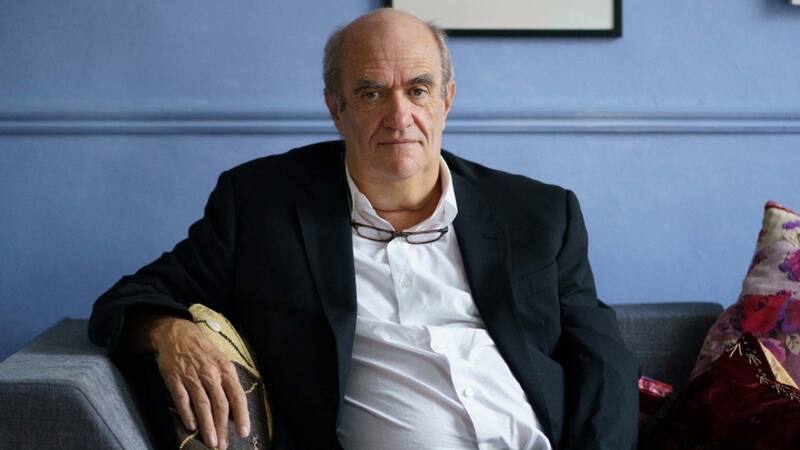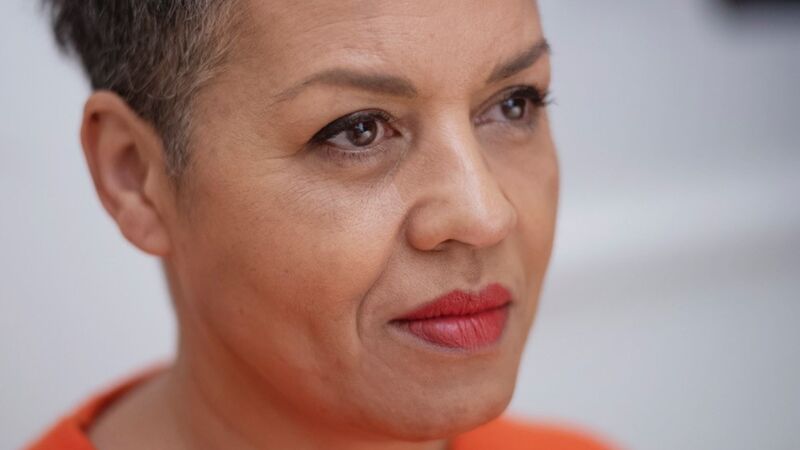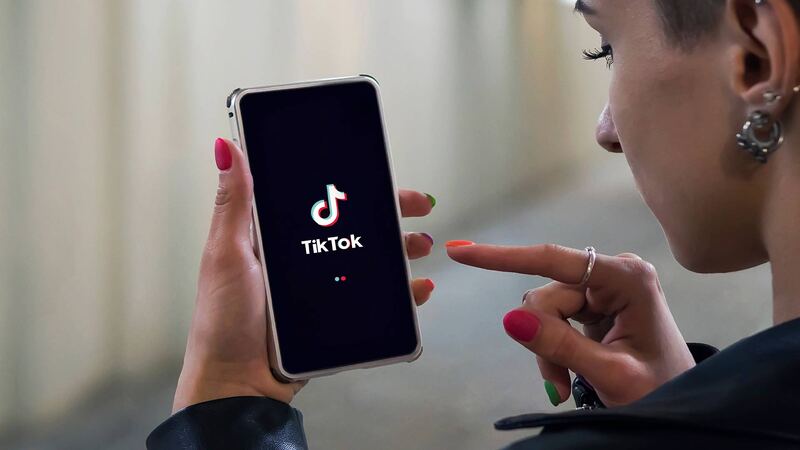You are viewing your 1 free article this month. Login to read more articles.
The digital niche?
Print continues to serve both ends of the marketplace, but it’s hard to see the wider digital market as a failure.

A decade ago in a “Newsnight” interview the thriller writer Lee Child announced that the Kindle had been a failure for its creator Amazon. “It hasn’t worked as well as Amazon wanted it to work. It’s settled into a good, solid niche.” At the time Amazon was in a terms battle with Hachette, that was two parts economic, one part philosophical. It wanted to sell e-books at cheaper prices than publishers would allow, but it also wanted to make the wider case for digital reading.
Child’s comment was counter-intuitive. At that time Kindle sales were still looming, with the breaks that publishers were able to put on the market growth only just starting to be felt. For his Reacher books digital would have been at least half of sales at launch, and still growing as a proportion. Not bad from Amazon for a standing start. And yet, he was right. If it was Amazon’s intention to upend the traditional book market, it did not work.
Today, print book sales are enjoying a moment, digital sales feel a little more subdued (at least for the big publishers in the UK). The major impetus in the book space right now is coming from premium print editions, subscription boxes, and pre-orders, all of which are a print play. At presentations I attend, it is all about print, and usually about hardbacks.
I find it hard to see Kindle, or the wider digital market, as a failure, even on terms Amazon might have had back in the day
Broadly, of course, digital has underpinned print, not undermined it. This week alone perhaps a million copies of Sarah J Maas’ latest will have been sold (or readied for sale), across various editions of which print will likely be the dominant format as fans vie for a piece of the work to own for themselves. One might think this is a genre-specific trend, but at the British Book Design and Production Awards held last week, winners showcased how incredible print was as a medium, including the overall Book of the Year: Daniel Ferreira’s Out in the Cold (Hurtwood Books). In short, print continues to serve both ends of the marketplace, something few would have bet on 10 years ago.
And yet, I find it hard to see Kindle, or the wider digital market, as a failure, even on terms Amazon might have had back in the day. The Publishers Association believes that we are near the tipping point when digital sales – including sales of journals content – overtake sales of printed products. This week Spotify noted that it had paid out “tens of millions to audiobook publishers” since it launched its new offer; Amazon’s KDP Global Fund pays out $50m each month to authors enrolled in that service.
We also know that within the e-book market there continue to be remarkable growth stories, whether that is individual authors such as Louise Ross, or standalone publishers such as Canelo, Boldwood and Joffe Books, or from those digital-first imprints within the corporates, such as Bookouture and One More Chapter, both of which remain in strong growth. Nielsen has the e-book sector up 20% in the first nine months of 2023.
Niche doesn’t quite cover this for me. Like Reacher, this is a market that feels a little restless, perhaps a bit off grid, but one that continues to pack a real punch.




















